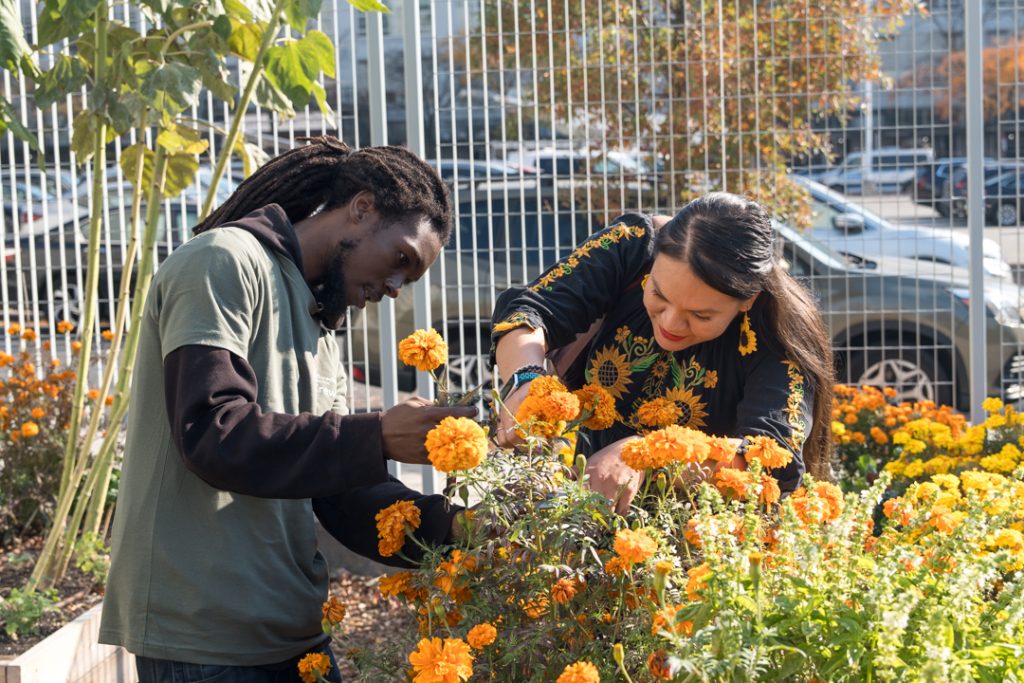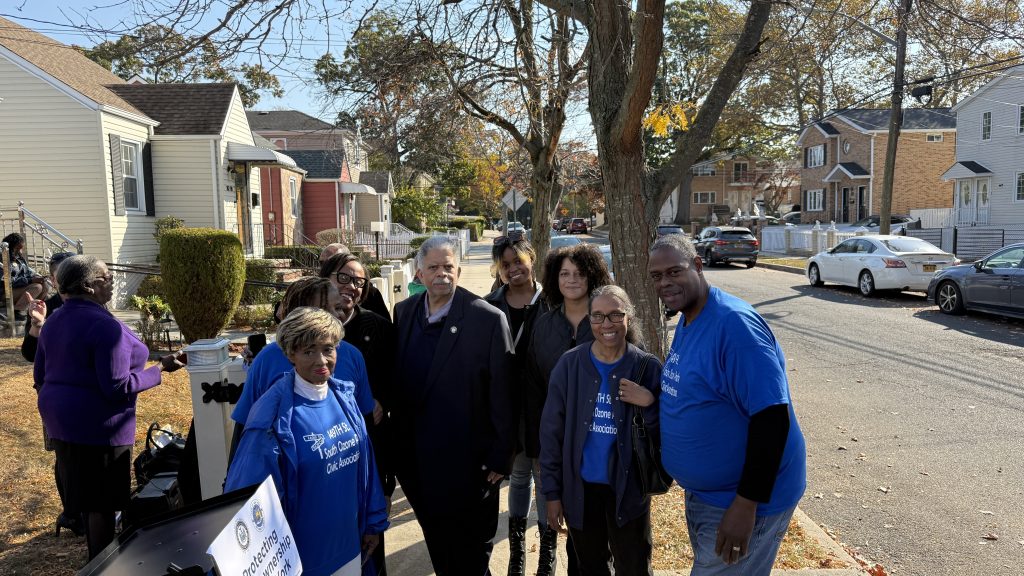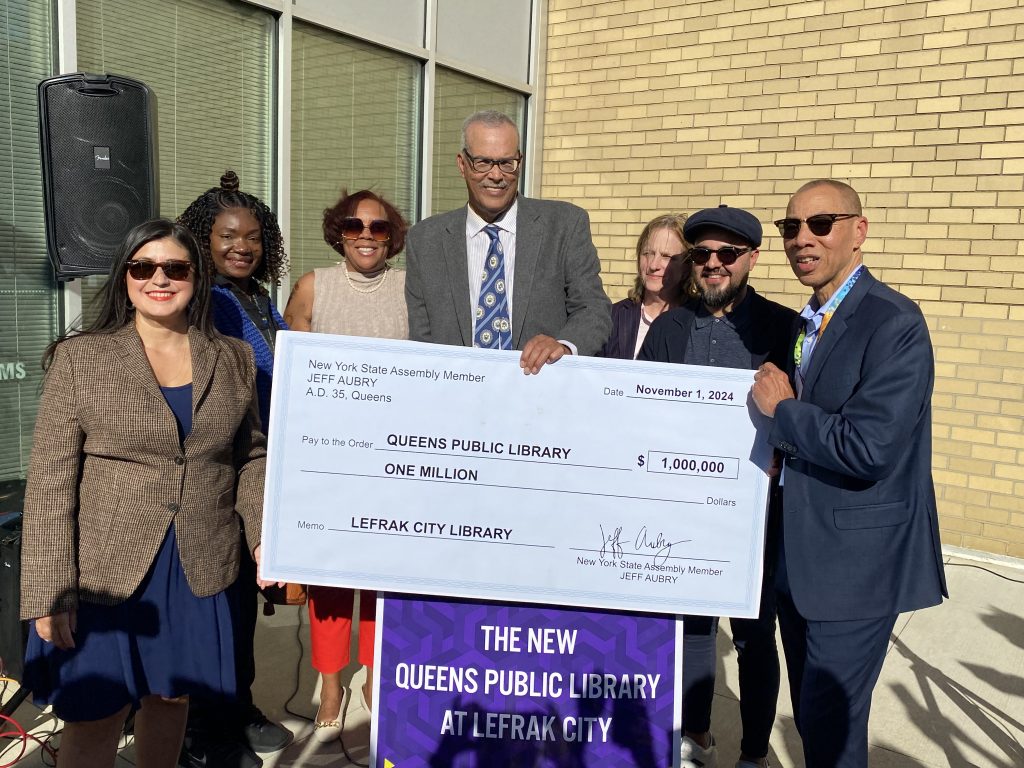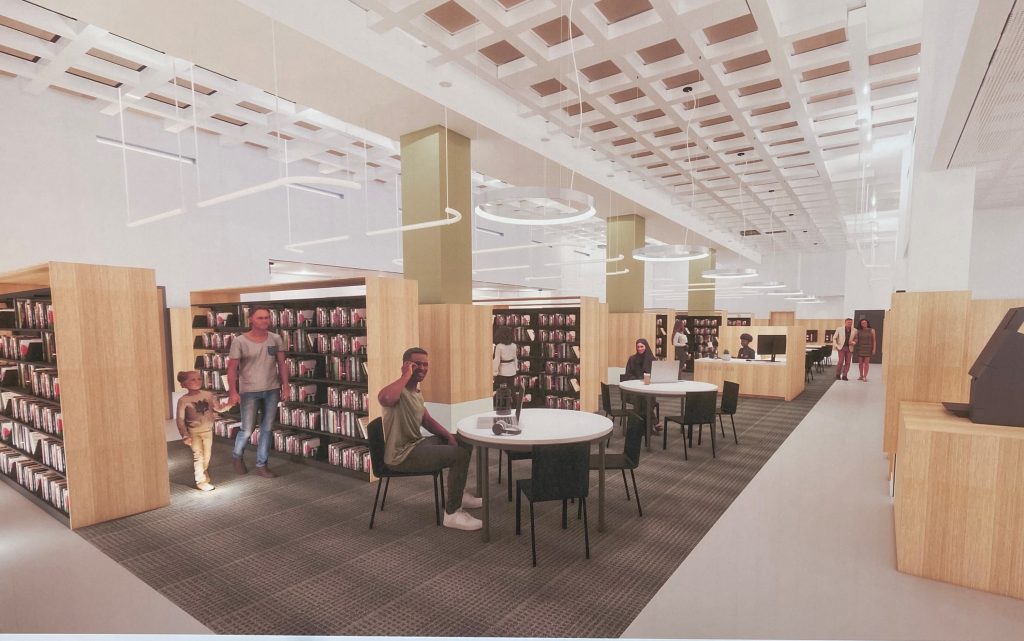Crime Rates Drop in Flushing – Although Many Residents Believe Otherwise

Despite a report from the NYPD’s Precinct 109 showing a decline in crime complaints, Flushing
residents believe crime is on the rise.
By Megha Gupta
Residents in Flushing, Queens are expressing their concerns over increasing crime, although a new report from the NYPD’s 109th precinct for October reveals a drop in overall crime complaints.
While crime data from that October 21st report reveals a 4.29% decrease in crime complaints over the past year, those on the street say they feel that crime is on the rise, pointing to personal experience as well as language barriers that they say often discourages them from notifying the police when crimes occur.
Assemblymember Ron Kim, who represents the district covering Flushing and Murray Hill, has acknowledged his constituents’ frustrations. “Overall, when you look at crime and safety, it hasn’t been worse,” said Kim, maintaining that crime rates in the district have declined during his 12 year tenure. “It’s actually on the decline. When you look at the data, it hasn’t been as bad as it has been in years.” But, he adds, “There’s a lot of fear mongering, and unfortunately, the fear mongering is very effective in politics around crime.”

In fact, recent crime reports from the 109th precinct, the only precinct that covers Downtown and East Flushing, show mixed results. Although crime complaints have decreased from 2,701 to 2,585 over the past year, there has been a 65.49% increase in complaints over the past 14 years. Murder rates declined by 33% in the last 14 years while robbery complaints soared by 53.6%.
Kim’s reassurances and NYPD statistics have done little to ease the discontent according to some of the district’s residents, who still believe that crime continues to rise. David Sun, an immigrant from China, says he has personally witnessed several incidents of theft and violent crime on Main Street, both in the past and more recently.
“The crime has been a little bit more than ten years ago,” he said. “I frequently see crimes like stabbings in this area. Many years ago, someone was killed on this street. I personally witnessed the incident, and I was the one who called the police. Last year, a person was killed in a nearby bar.”

Some attribute what they see as lawlessness to the increasing number of unlicensed street vendors crowding around Main Street. Myounghee Kim, an immigrant from South Korea who has lived in Flushing since 2009, chooses to avoid Main Street due to safety concerns.
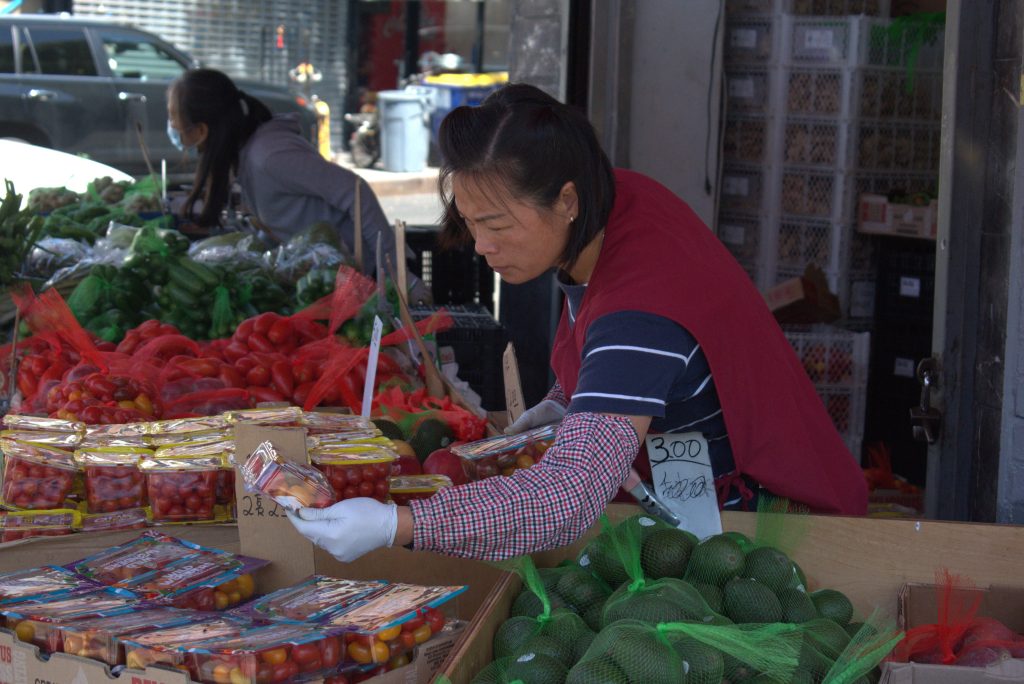
“Old cards and everything, they sell on the street,” Ms. Kim said. “I don’t think [the vendors] have the authority. It’s not safe. They even block the roads, and it’s hard to pass by. That is the biggest problem, I think. Someone has to initiate something to resolve it.”
Perception v. Reality
Professor Ester Fuchs, an International and Public Affairs and Political Science professor at Columbia University who specializes in urban and social policy, explains that the divide in perception stems from the environment residents are exposed to.
“if it bleeds, it leads,” she said. “Crime is reported extensively and heavily in all the press that is considered local. Even when crime goes down, if you just read those papers, your perception will be that it’s going up. Subjective perceptions are often much more important than objective conditions.”
In Flushing, social media sites such as Facebook and WeChat serve as key information hubs, where residents are exposed to incidents of crime, often with little to no context. These kinds of posts go viral quickly as they are shared on several channels, further contributing to fears of rising crime.
“The difference between now and 10 to 15 years ago is the permeation of social media and instant gratification,” said Kim. “People are just eager to put something out there and really blow up an isolated incident.”
Language Barriers
Flushing, a district consisting of a 66.7% foreign-born population, is home to large populations of Chinese, Korean, and South Asian residents. Some residents say language barriers prevent many from calling the NYPD as 43.6% of individuals in District 40 have limited English proficiency.

Boss Li, founder and president of Flushing’s Public Safety Patrol, a civilian-led patrol team, pointed to several felonies he says he witnessed while on patrol, including robberies and break-ins, that have struck a nerve in the community. He says that many of these incidents aren’t reflected in the NYPD’s official crime reports since most victims fail to report to the police.
“It depends on the victim,” said Li. “Do they call the police to report the crimes? In our community, most is Chinese. I heard a lot when they got robberies, they got attacked. If they didn’t lose a lot of money or they didn’t get serious injury, they just let it go. The crime is still there, but the number, NYPD don’t know.”
“We always spread the word to the community,” said Li. “They don’t need to speak English. They can speak Chinese when they call 911. Or they can call us. I say they can call me for any crime. I just get a lot of calls about scams, and the victims don’t know how to report them.”
Politics in Crime
Republican critics of Kim’s policies have been outspoken about crime levels in the district. Despite the statistical decline in crime, Dr. Phillip Wang, Kim’s Republican challenger in the state assembly race, claims public safety has been poor since the passage of the Bail Reform Law in 2019. The law eliminates cash bail for many misdemeanors and low-level crimes, allowing those who cannot afford bail to be released while awaiting trial.
“This [law] caused a lot of lunatics out there running around robbing people and doing theft in people’s stores,” Dr. Wang said in conversation with Jenda Wu on Youtube. “I don’t understand what this law is protecting, who this law is protecting. Obviously it’s not protecting us. A lot of vendors, a lot of merchants and shops, a lot of Asian people in this area feel that this law is very devastating for the businesses.”
A study conducted by the University of Pennsylvania Law School revealed there is no evidence that suggests felony cases rise after pretrial release is instated. The study found, among other things, a 6% decrease in new criminal cases over three years and a 15% decline in guilty plea rates. Regardless of such statistics, Dr. Wang continued to speak out on crime running rampant. Fuchs explains that this is a part of a strategy Republicans have been running on for years.
This is happening, she says, at many levels of politics, including at the governor’s race in 2022. “Hochul’s opponent, Lee Zeldin, ran on criminal justice policy,” she said, “sort of trying to make it look like Democrats were all part of the very left, progressive wing of the party and so called ‘soft on crime.’ Kim has been associated with this wing of the democratic party, and his opponents have been trying to saddle him with extreme left positions on crime.”
Fuchs says that although Kim’s association with certain criminal justice policies some in Flushing view as too “lenient,” his approach has changed in response to constituent concerns.
“He has strong ties to the community,” she said. “People know him. In fact, he’s been moderating his positions over time as certain approaches to bail and also to property crime have proven to be problematic.”
























